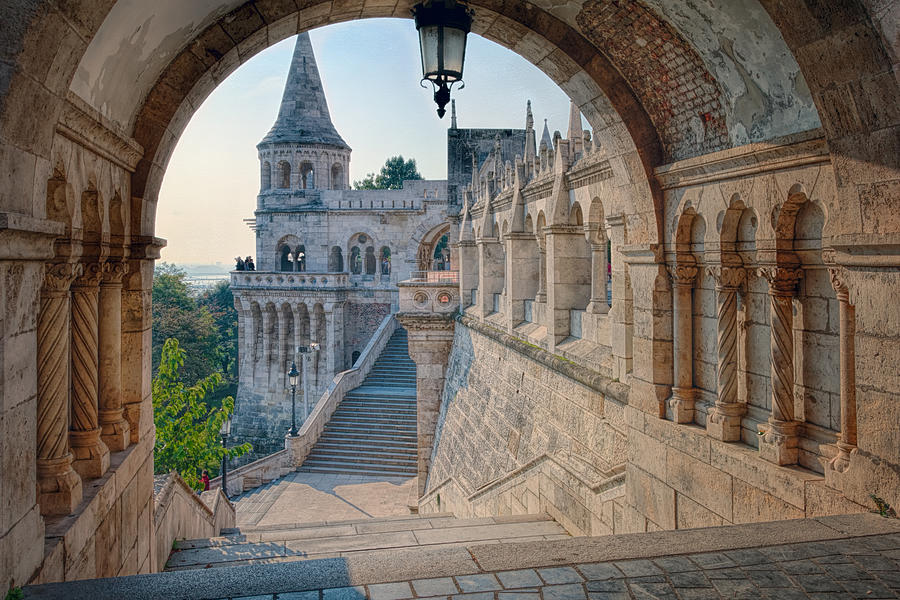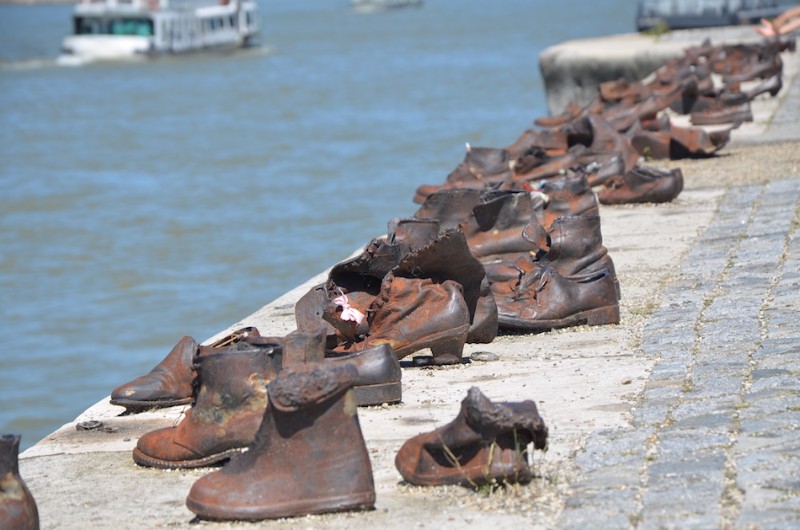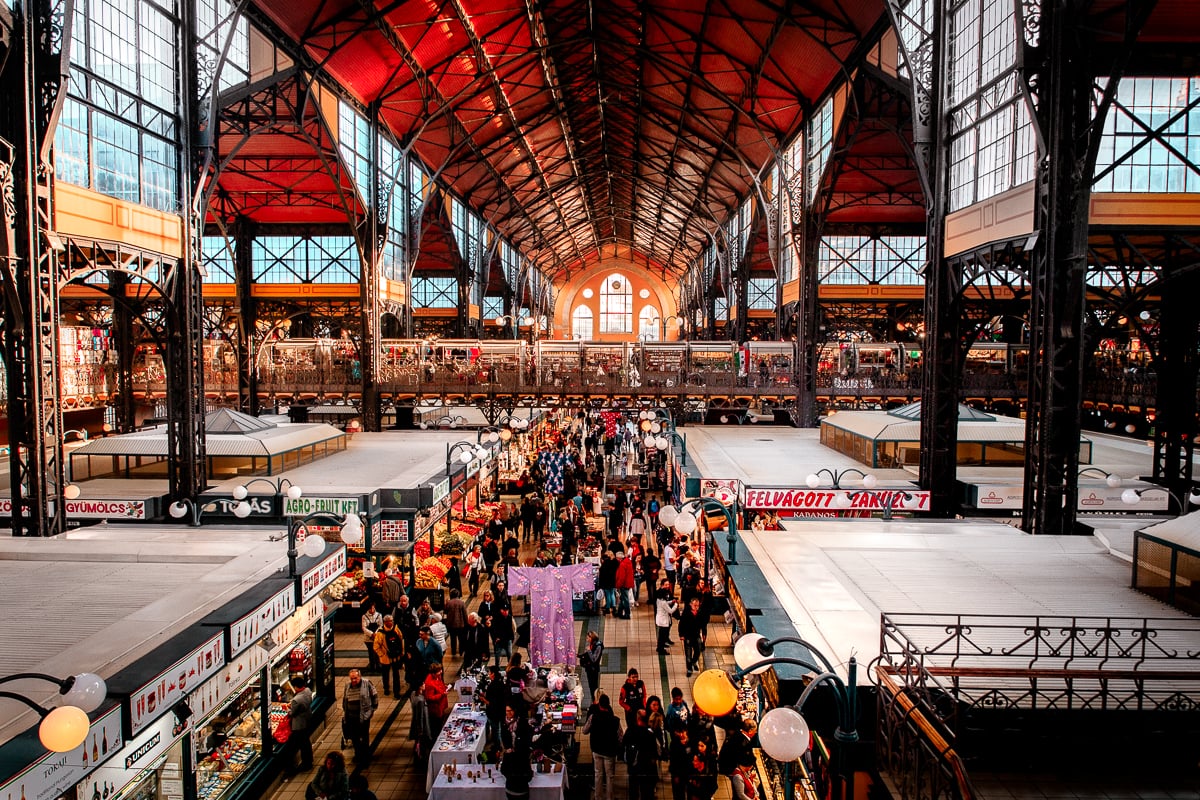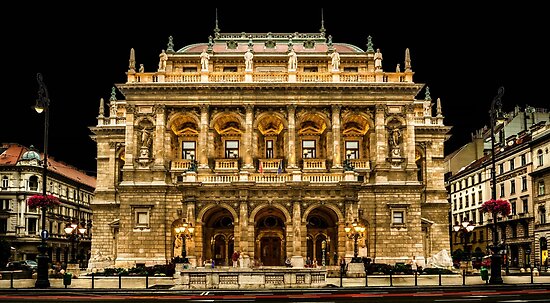24 HOURS IN BUDAPEST: ITINERARY + TRAVEL TIPS IN 2020 - The Ultimate Guide To Budapest

The national capital of Hungary - Budapest is the most astonishing landlocked, tenth-largest city in the European Union has broad principles, political views, historical centers & elegant architecture located at the river Danube. Budapest is actually two cities (or three counting Óbuda) – Buda and Pest, bisected by the Danube River which flows through the heart of the city. Buda and Pest are quite different from each other, and for the most well-rounded day in Budapest, you’ll want to spend some time in both of them.
No matter how much budget you set to explore Budapest sightseeing. But if you plan vacations trust me, there are a lot of things to do in Budapest. All you have to scroll down and check out the guide book, which is specially prepared for you.
1. Start your morning at Fisherman’s Bastion

I suggest starting your day on the Buda side of the river where, sitting majestically atop Castle Hill, the Fisherman’s Bastion offers (arguably) the best view in the city. Not to mention, the architecture of the terrace itself is pretty amazing to see.
From the Bastion’s terrace and its seven towers, you’ll be treated to perfect, unobstructed views of the Hungarian Parliament Building, the Danube, the city of Pest, and Gellért Hill, another location known for its sweeping views of the city.
The Fisherman’s Bastion is open every day of the year and is (mostly) free to enter. There is a small charge if you’d like to go inside the upper towers, but in my opinion, the view is equally as lovely from the lower towers and turrets, so unless you’d like to pretend you’re a princess in a castle overlooking the city, you can probably skip those.
Seeing the city from above while it is bathed in the morning light is a special experience–and so is beating the bulk of the crowds to this incredibly popular viewpoint.
2. The Colorful Interior of Matthias Church

Directly behind Fisherman’s Bastion sits the colorful and striking Matthias Church. The second largest church in Budapest after St Stephen’s Basilica. With its brightly colored tiled roof, detailed painted interior, and architectural splendor, it’s no surprise to learn that this building has quite the history. It was installed in the late 19th century when Fisherman’s Bastion was built!

From the outside, Matthias Church looks pretty much like every other Gothic-style cathedral, but when you walk in, it’s like a color explosion! Multicolored frescoes adorn every inch of wall space from ceiling to floor, and the floor even gets a colorful upgrade with geometric tile designs featuring flowers in varying shapes and sizes.
Matthias Church is really something to see, especially if you’ve gotten a bit bored with visiting the usual churches and cathedrals in Europe. (I never thought I’d be one of those people for whom all cathedrals started to look the same, but after three years traveling Europe, they’ve definitely begun to run together. Not this one, though!).


3. Stroll across the Chain Bridge

Budapest’s Chain Bridge is arguably the second-most recognizable feature of the city, just behind the Hungarian Parliament building.
A walk across here will not only give you an up-close-and-personal view of the bridge, complete with its imposing lion statues, but also the Danube, Parliament, Margaret’s Island, and several other bridges and features of Budapest.
We always make a point to walk across the Chain Bridge on every visit to Budapest–it’s just too much fun to miss!
4. Shoes on the Danube monument

Once you exit the Chain Bridge on the Pest side of the river, turn left and stroll along the Danube. The views of Buda across the water and Parliament ahead are lovely, but be sure to keep an eye out for the Shoes on the Danube monument as well.
These brass shoes are permanently affixed to the bank of the Danube to tell a very sad story: the shoes are installed as a memorial to people (many of them Jews) who were murdered along the banks of the Danube in Budapest in 1944-1945.
Before being shot and having their bodies fall into the Danube to be swept away, victims were forced to remove their (valuable) shoes, so as not to waste them. And, while I hate to even have to say this, things I’ve seen and heard about happening here compel me to point out that this is definitely not the place for Instagram photos or selfies. Stay respectful, please.
5. Visit Buda Castle

Like the Fisherman’s Bastion, thanks to its position high on Castle Hill, Buda Castle offers plenty of opportunities for photographers looking for expansive views of the city below.
Unfortunately, due to looting and damage during WWII, a ticket into Buda Castle isn’t for a tour through the palace’s royal apartments and ballrooms. Instead, what you’ll find inside Buda Castle is the Hungarian National Gallery, the Budapest History Museum, and the National Library.
The National Library offers free temporary exhibitions, but to view their permanent exhibitions or enter either of the other two museums, there is an admission charge.
6. Visit the Great Market Hall

While you’re exploring out and about in Pest, make sure you pay a visit to the Great Market Hall, the largest and oldest indoor market in Budapest. Also known as the Central Market Hall, this unique 19th century market is made up of three floors of fresh food vendors, delicious-smelling food stalls, and little souvenir shops.
The main floor was my favorite, offering everything from fresh produce and spices to Hungarian candies and pastries. The second floor overlooking the first is where you’ll find souvenirs and more food stalls, many selling homemade Hungarian meals to-go. And the basement floor, if you can handle the smell, is your one stop shop for fresh fish and pickled vegetables. (I stuck to the pastry section myself.)
The Great Market Hall is a popular spot for both locals and tourists alike to come for lunch, so if you’re looking to pay a visit, avoiding the lunch rush hours from 12-2pm will probably make for a more enjoyable experience. The market is free to enter, but good luck leaving without spending at least a few forint on the local dishes and delicacies served here!
7. Visit the Hungarian State Opera House

8. Night Cruise at Danube

There are several bridges that connect the old city of Buda to the more modern Pest on the other side of the river. It’s easy to walk or take public transport between the two places, but for a unique look at the most famous sights on both sides of the river, I would recommend a boat or ferry ride down the Danube. I recommend booking a cruise at night.
The city becomes absolutely magical at night. Buda Castle, Chain Bridge, and several other famous landmarks all light up at night, casting a warm orange glow onto the river below, but it is the Hungarian Parliament Building that you really won’t want to miss. It shines like a beacon along the river, drawing all of Budapest’s tourists towards its bright, fairy tale like facade.
9. Finish Your Day With Best Hungarian Food

The food of Budapest is inexpensive, especially at the local bakery shops that offer mouth-watering pastry items, bread & a variety of pizzas to satisfy your hunger. Furthermore, steam tables in the central market and other extensive range of restaurants offer a cheap tourist menu, which is good for you to eat healthy dinner with your loved ones.







No comments